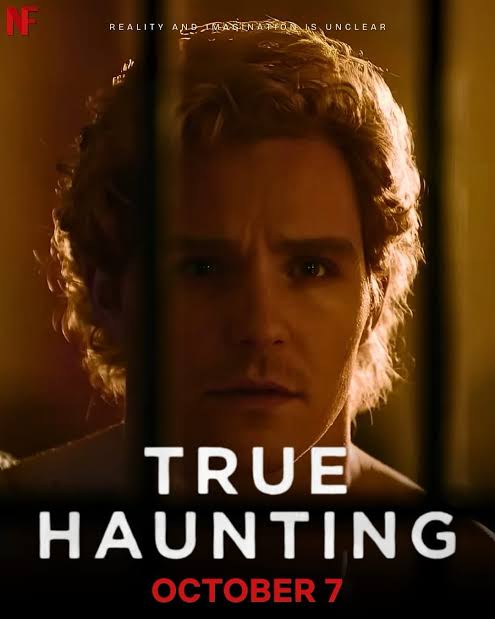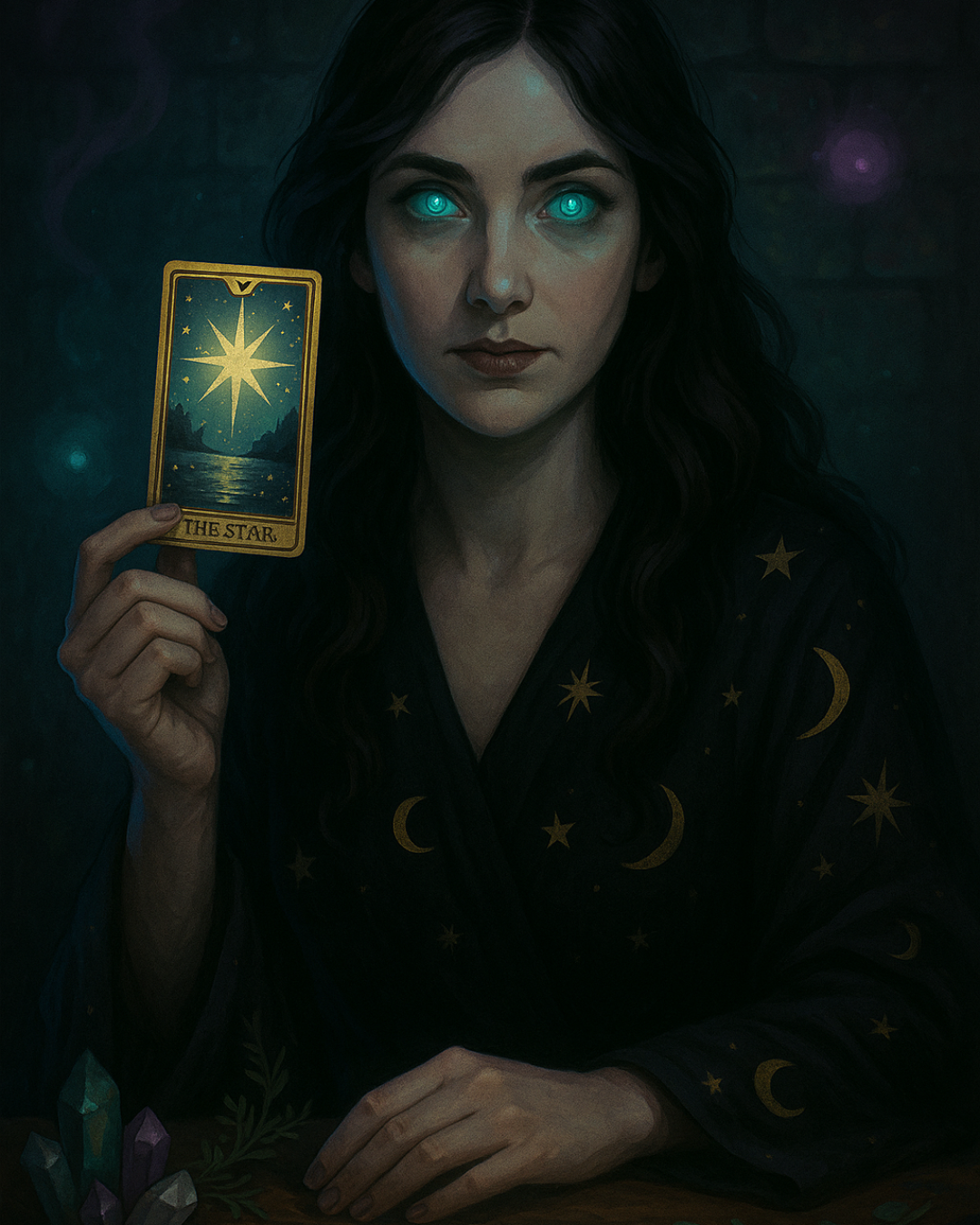True Haunting on Netflix

Just a note...I'm currently in Scotland just wrapping up my vacation and I picked this story to share with you because I watched this show while here!
It's pretty good. It's slightly scary (Megan, watch in daylight) but being a true story makes it scarier!
Note: this article is only about one of the stories in this limited series.
~Amy
Paranormal buffs, buckle up—2025 is shaping into one of our years. Leading the charge is Netflix’s True Haunting, premiered October 7, which revisits one of the most chilling student hauntings ever recorded: Chris Di Cesare’s account at Erie Hall.
The Erie Hall Case: Real Haunting or Residual Noise?
In the early ’80s, Di Cesare lived in dorm C2D1, where he began hearing spectral whispers and seeing apparitions. He and a neighbor, Jeff Ungar, documented the phenomena in journals and photos. At its apex, Di Cesare claims he was physically attacked—clawed, left with marks, shaken to his core. The series teases a spirit identity: possibly a Lt. Thomas Boyd, a Revolutionary War soldier whom Di Cesare believes had a familial connection. His haunting allegedly escalated after he attended a paranormal lecture by Ed & Lorraine Warren—suggesting entanglement between intention, belief, and manifestation.
Dramatizations, archival footage, and interviews are blended to ask: is this haunting still active? Was it ever “real”? And what does it mean when a spirit can touch, bruise, terrify? True Haunting doesn’t pretend to have all the answers—but it doesn’t shy away either.
Why This Matters Right Now
We’re living in a surge of paranormal storytelling—but what sets Erie Hall apart is its subject. This isn’t a haunted house where everyone knows the legend. It’s student housing. It’s everyday life intersecting with the other side. That’s rare. It forces us to readjust our ghost‑theories: not just orbiting spirits or aggressive demons, but something in between—something tied to trauma, memory, and intention.
Plus, this revival arrives just when interest in haunted real estate is bubbling. The El Cortez Hotel in Las Vegas recently dangled $5,000 to a ghost-hunter to spend a haunted weekend there. And the Conjuring House in Rhode Island is going to auction on Halloween. That kind of symbolism is delicious—haunted houses sold like haunted relics.
A Fresh Lens: Trauma, Memory, and Energy
Here’s something I’m betting on: the haunting at Erie Hall isn’t just a ghost in the attic. It’s an imprint. A trauma loop. Spirits as emotional echoes. What if the mark left on Chris Di Cesare is not from a menace, but from memory—and intention colliding in a liminal space?
If the specter “Tommy” had any grounding in the life (or death) of Lt. Boyd, then maybe Chris triggered something. He invited attention, opened a door. Spirit doesn’t always initiate—it sometimes responds.
That reframes how we do investigations. It suggests that setting, emotional state, and context matter as much as gear. EVP recorders, EMFs, thermal cameras—they catch reactions, yes. But what if the ghost is reactive, not proactive?
The Takeaway
True Haunting isn’t just spooky entertainment. It’s a signal. A reminder that hauntings can be intimate, layered, agonizingly human. The most compelling stories don’t just show a ghost—they show the relationship between the living and the lingering. True Haunting might stir more than goosebumps—it might spark a change in how we chase the shadows.
If you're looking for your next ghost expedition, True Haunting, Erie Hall deserves top billing.



















